By Eric Baker
Battlefront is a new battalion-level strategy game for the PC from SSG and Matrix Games. The game engine owes a lot to SSG’s Decisive Battles engine, and Battlefront has the look of a frame that a series of games will be built on. This first game covers the battles at Saipan, Market Garden, Novorossisk, and Gazala. The game is turn-based and uses a hex grid and counters to track the combats. The game brings a lot of powerful features, the most important being a very good AI to make single-player games challenging. SSG also continues its tradition of having a play by e-mail mode, a slow, but very rewarding way to battle with friends.
Silent Heroes, also for the PC but from Paradox Interactive, is, on the other hand, a game about single solders and squads. It is a top-down 3-D game set behind the lines in World War II where the player directs their saboteurs on a variety of missions. In this case, the game engine is the one employed in Soldiers: Heroes of World War II. The hallmark of this engine is that almost everything on the map can be interacted with. Often this just means that it can be destroyed, but in the case of enemy vehicles and equipment, the player’s soldiers will not only be able to take it, but also to repair (if necessary) and use it.
To go with its scale and 3-D graphics, SH is story-based. Each of the missions builds on the one before it. In addition, there are in engine cut-scenes to set the stage for the missions and show their results. There is a huge variety of historically accurate weapons and vehicles for the soldiers to use. The difficulty for players will be finding the best way to use their resources to complete each mission.
While there are many computer and video games that model the experience of being a pilot in the midst of the Battle of Britain, The Burning Blue, from GMT Games, is a board game that models being an RAF fighter controller or a Luftwaffe air raid planner. Played out in five- minute turns, the game recreates the experience of the men in the bunkers who deployed squadrons of fighters and bombers in an all-out battle for control of the skies over Great Britain.
Meticulously researched, The Burning Blue bases its scenarios on the actual German raid plans from the war. The author’s decisions on rules were influenced by interviews with veterans of the battles. For instance, the victory conditions place less weight on shooting down enemy aircraft than they do on bombs delivered on target. The author’s research showed that disrupting formations actually had a greater effect on a raid’s result than did planes lost. Not a simple game, or one where 48-page rule book is read once and discarded, but The Burning Blue does play out easily and with good verisimilitude once learned.
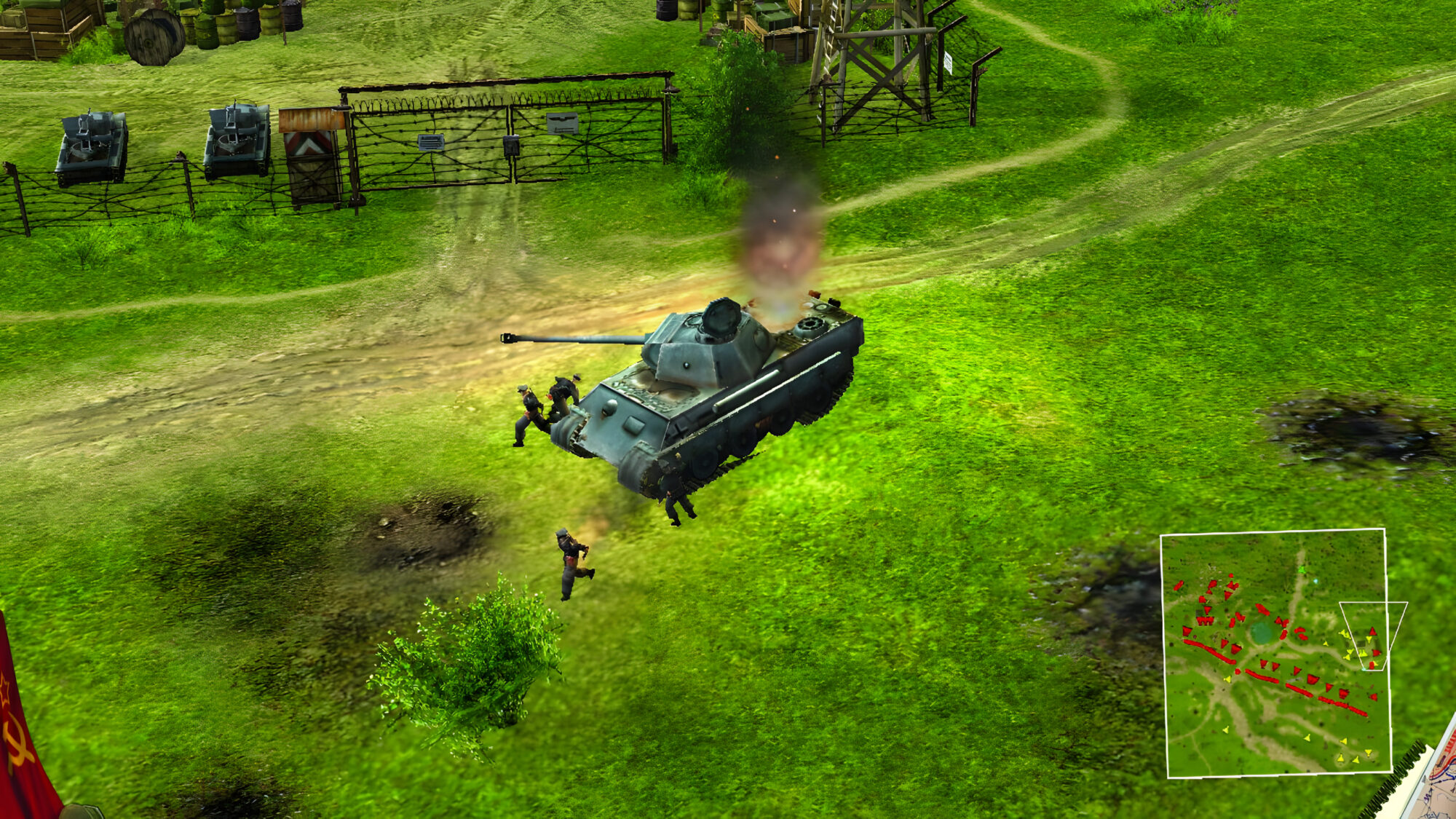
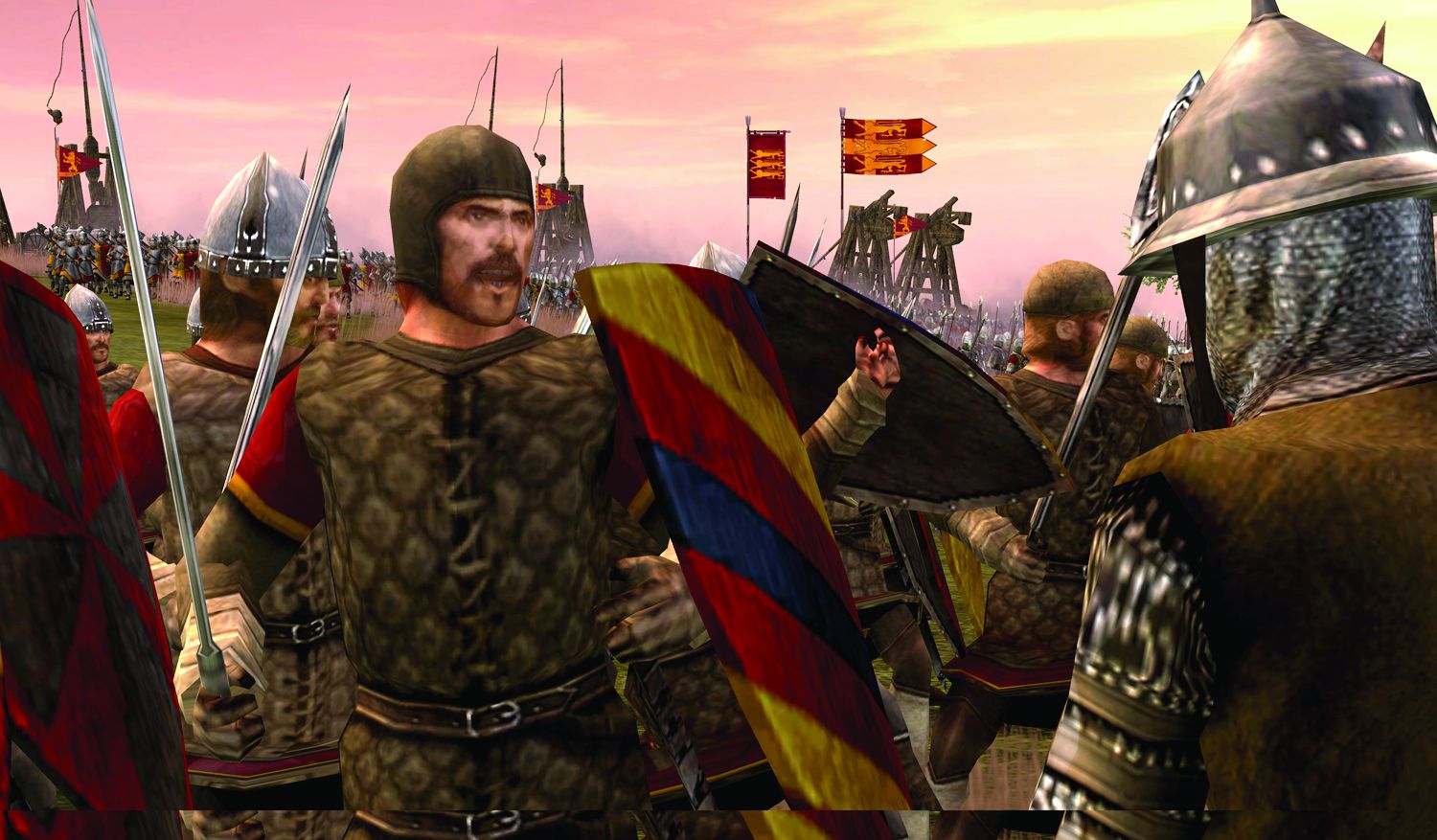
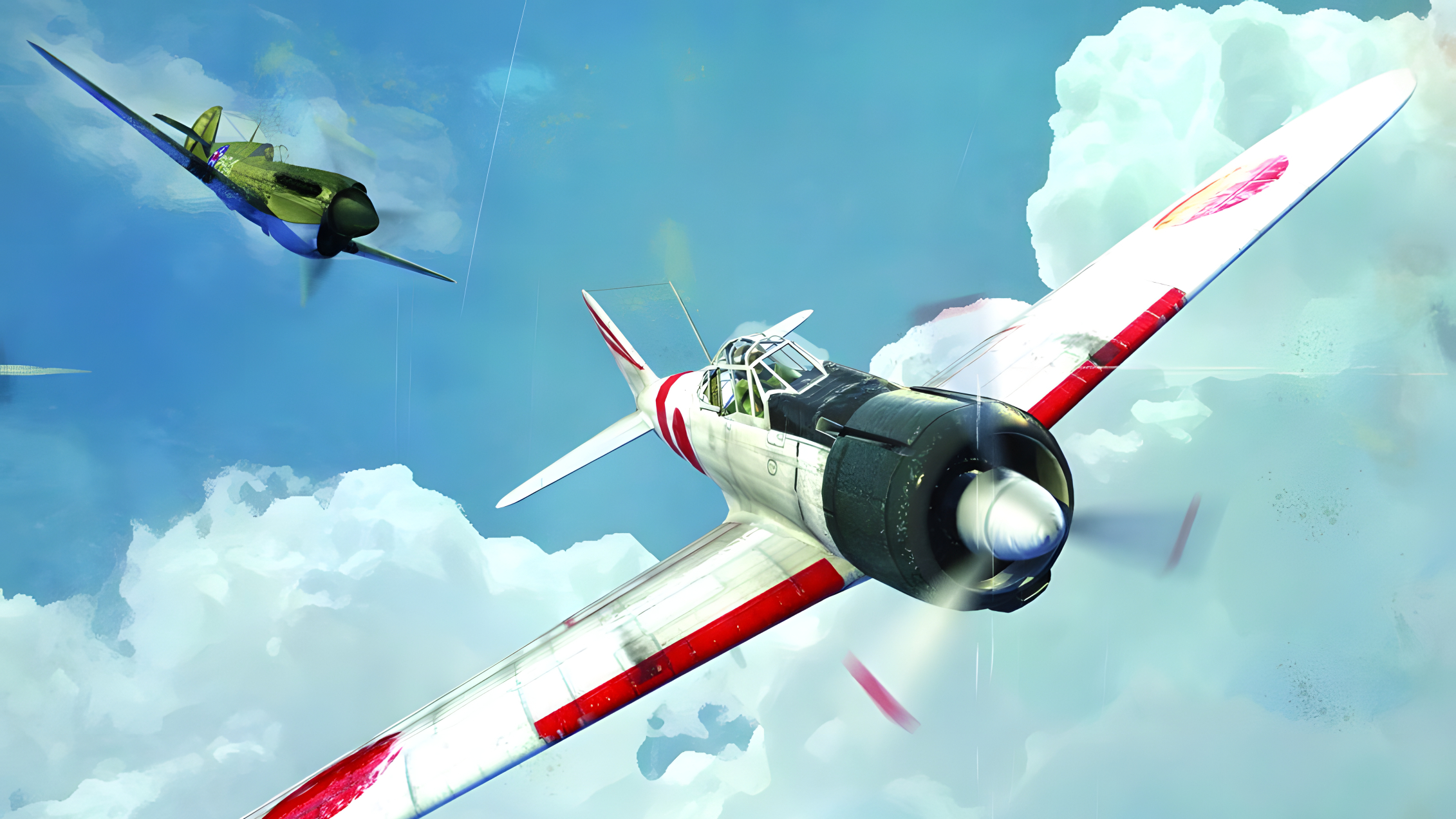
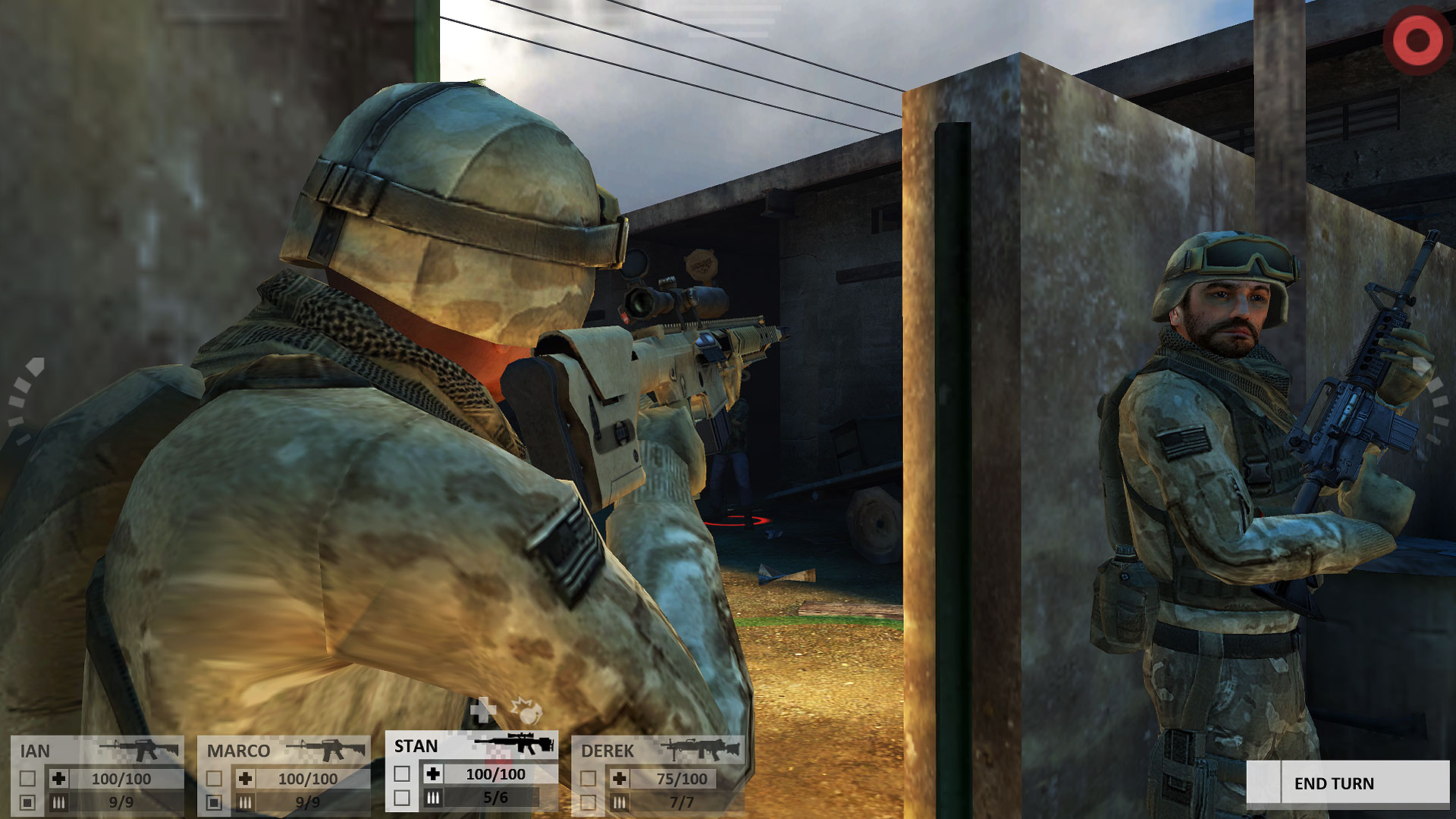
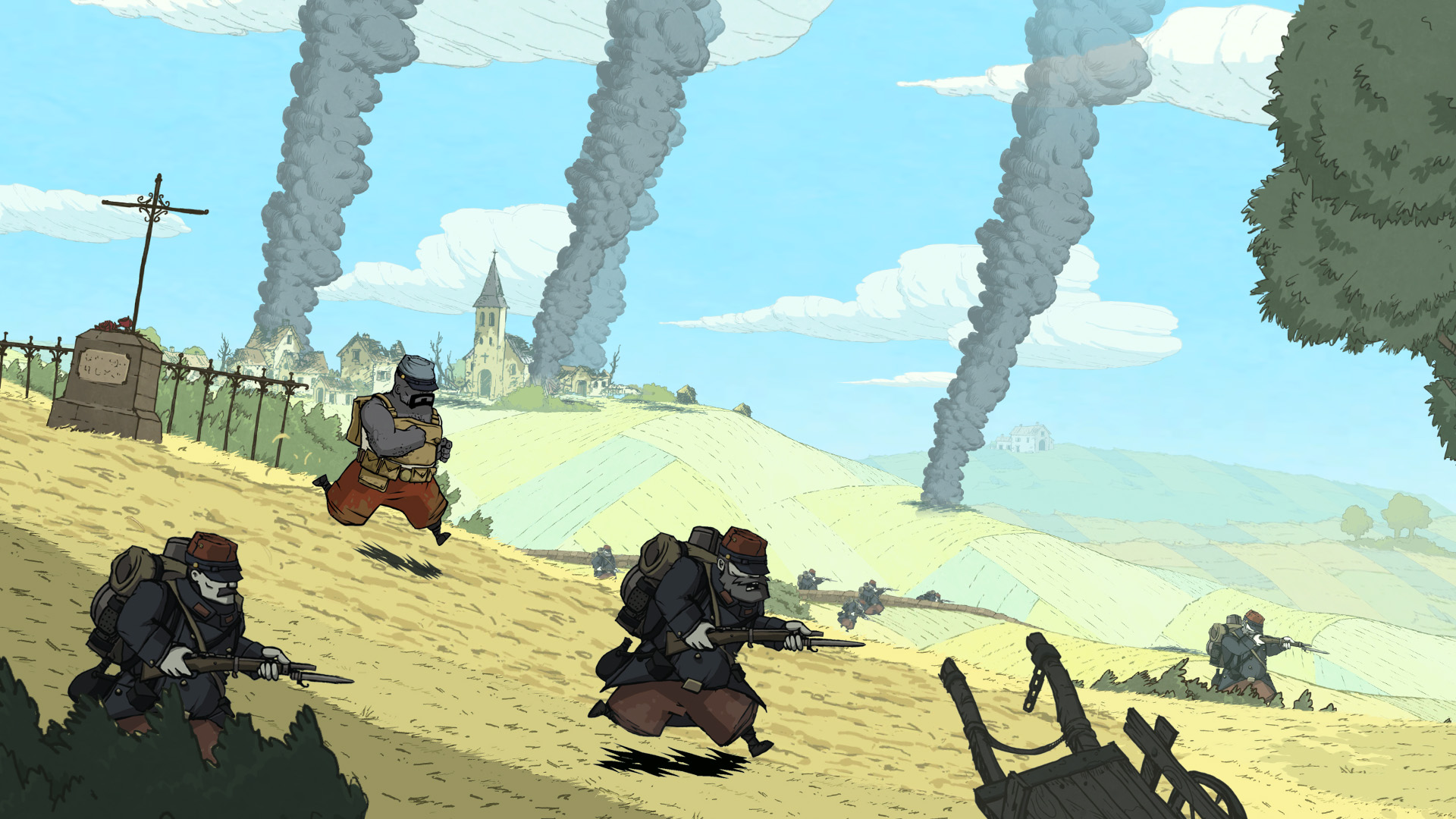
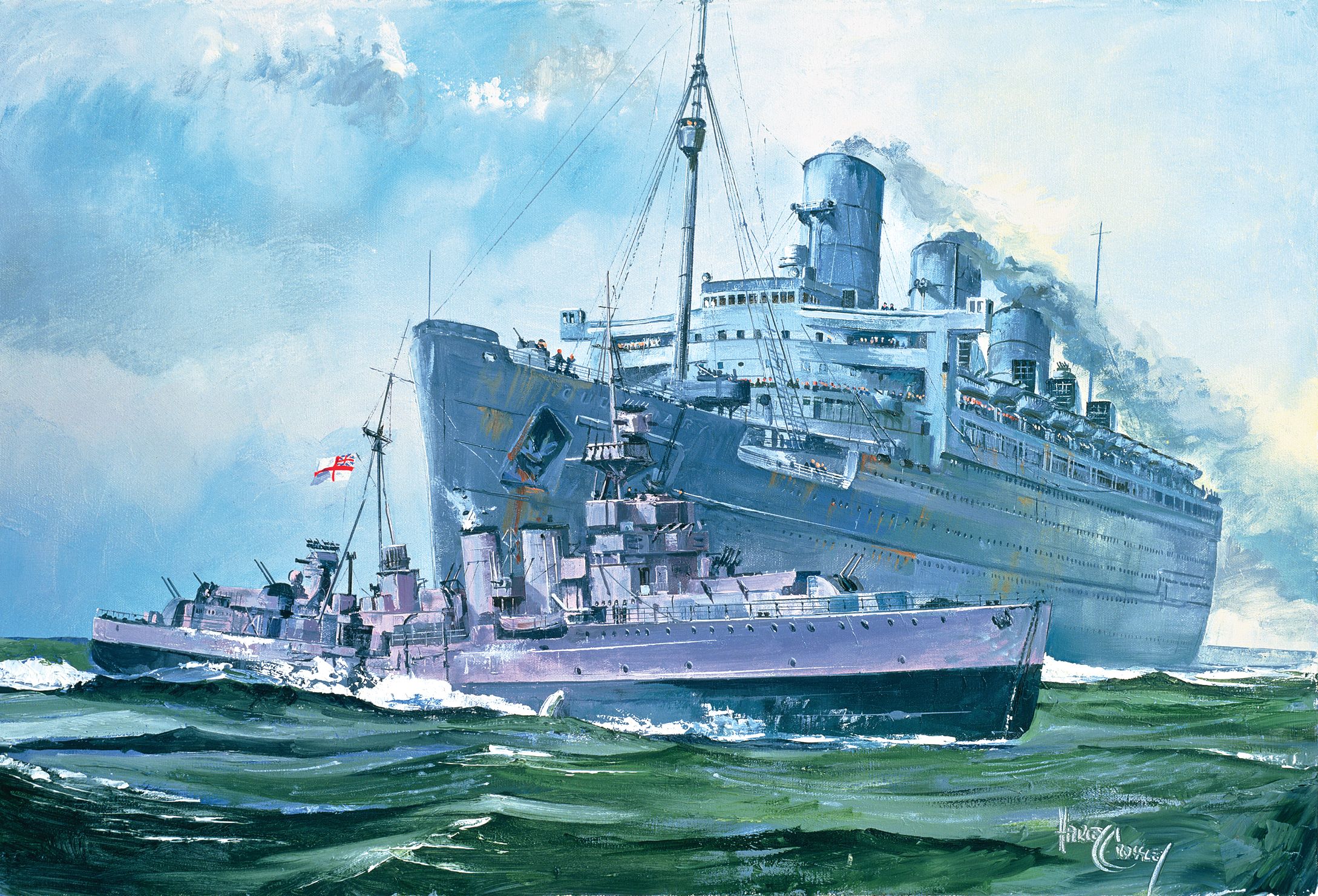
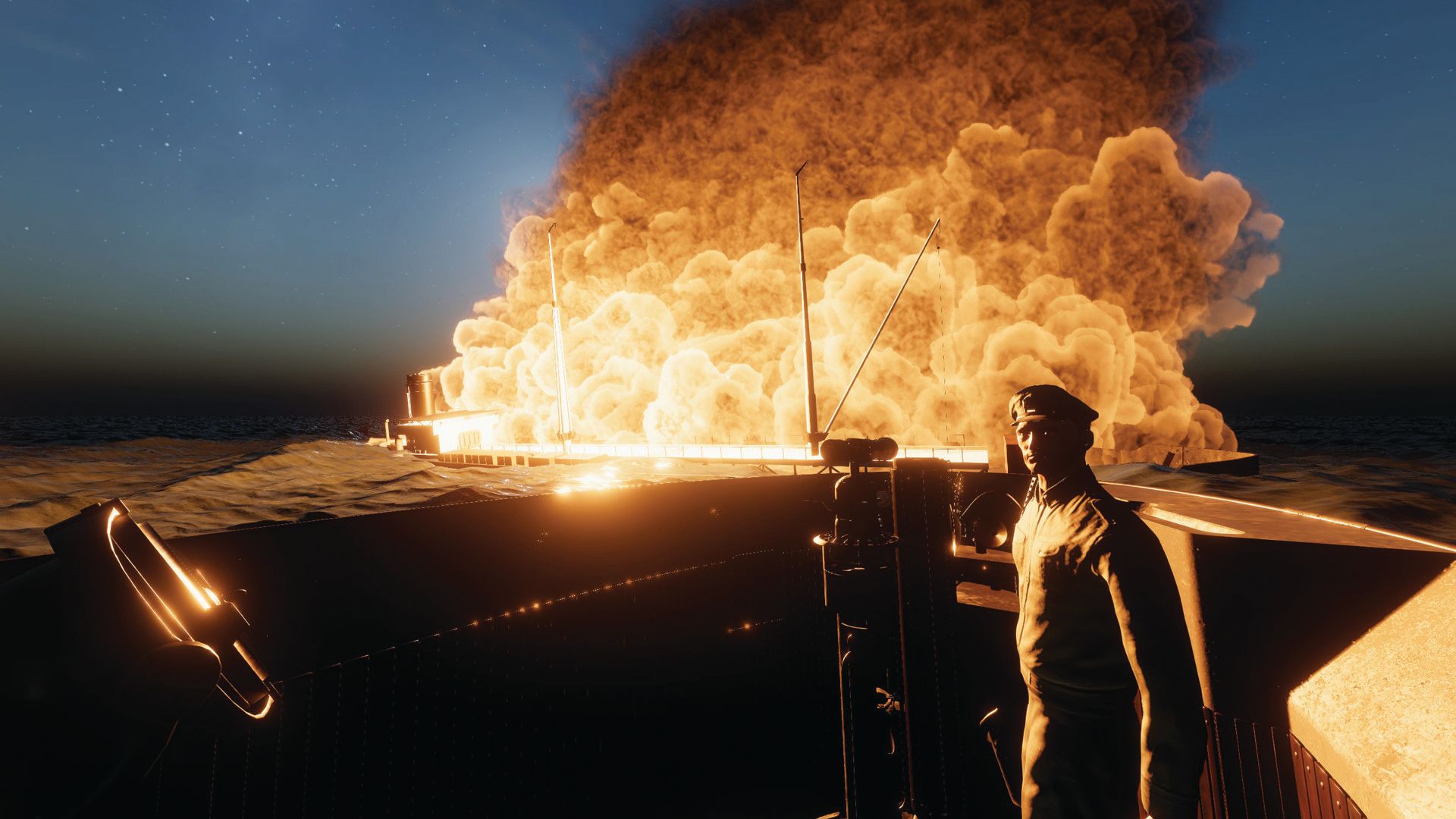
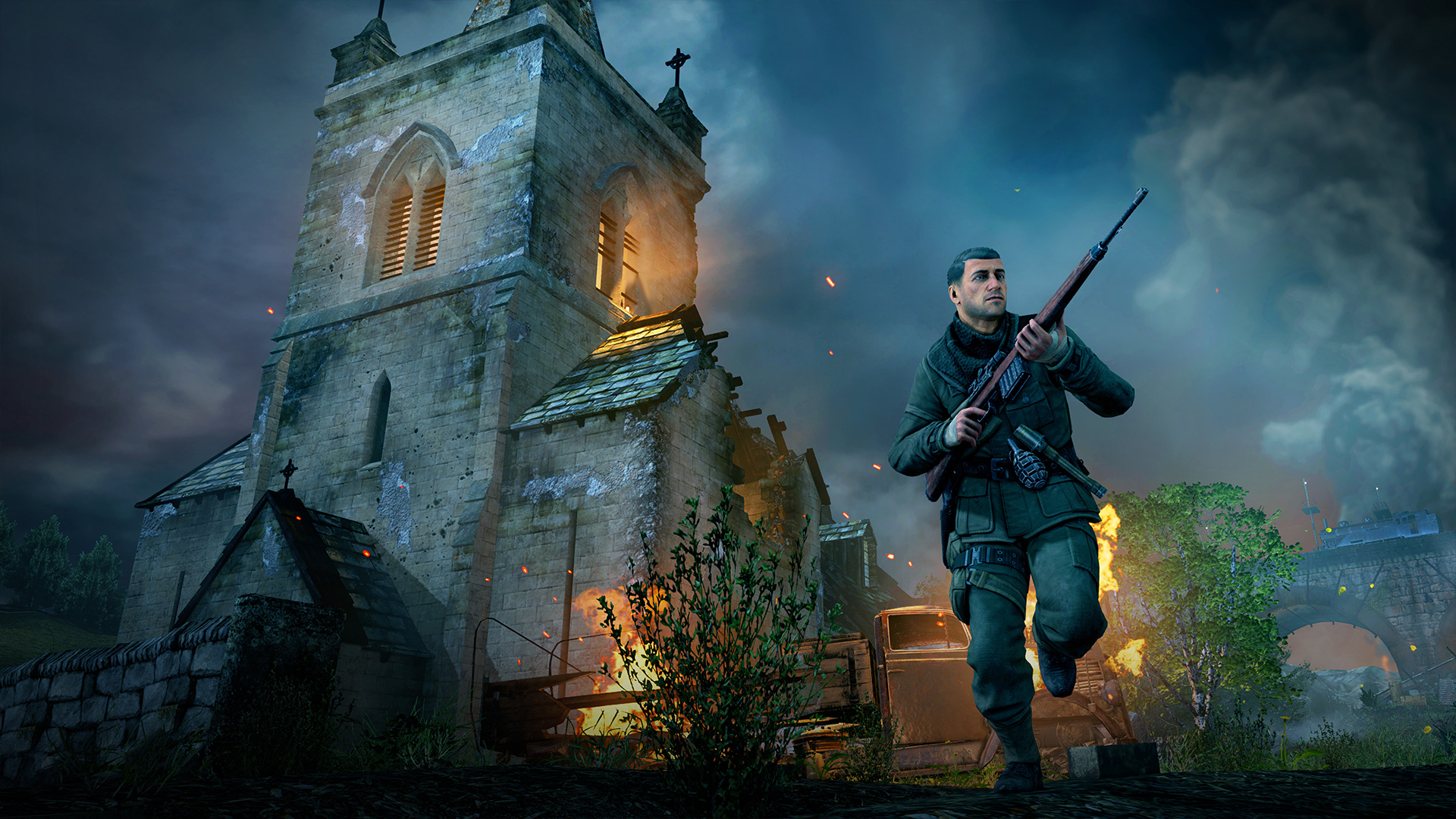
Join The Conversation
Comments
View All Comments